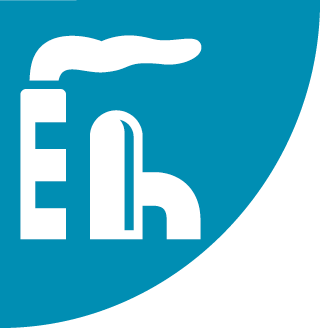NEWSWATCH
INDUSTRIAL ACCIDENTS

CSB: Apply the Hierarchy of Controls to Mitigate Identified Hazards
PDF
), the U.S. Chemical Safety and Hazard Investigation Board (CSB) urges companies with chemical manufacturing facilities to apply the hierarchy of controls to mitigate identified hazards. The bulletin focuses on “key lessons” learned from the Nov. 22, 2016, fire at ExxonMobil’s Baton Rouge, La., refinery that seriously injured four workers. The incident occurred during minor maintenance on an isobutane line. According to CSB, operators inadvertently removed bolts securing a piece of pressure-containing equipment to a plug valve. When workers attempted to open the plug valve, it came apart and released isobutane, which formed a flammable vapor cloud that quickly ignited.
During its investigation, CSB learned that 15 of the approximately 500 plug valves in the alkylation unit where the fire occurred used a design that created the potential for workers to inadvertently disassemble pressure-retaining components. The agency says that the refinery should have identified the potential hazards related to the valves’ design and applied the hierarchy of controls to establish a mitigation strategy for susceptible plug valves.
“Within the hierarchy of controls, an engineering control, such as improved valve design, is more effective than a lower level administrative control, such as a sign warning workers that the gearbox support bracket connects to pressure-containing components,” CSB’s press release reads.
CSB’s bulletin also addresses the importance of establishing detailed, accurate procedures for workers performing potentially hazardous work, especially in facilities where several different types of equipment or configurations could cause confusion. The agency urges facilities to provide training to ensure that workers can perform all anticipated job tasks safely.
Learn more about CSB’s investigation into the 2016 chemical release and fire on the agency's
website
.
